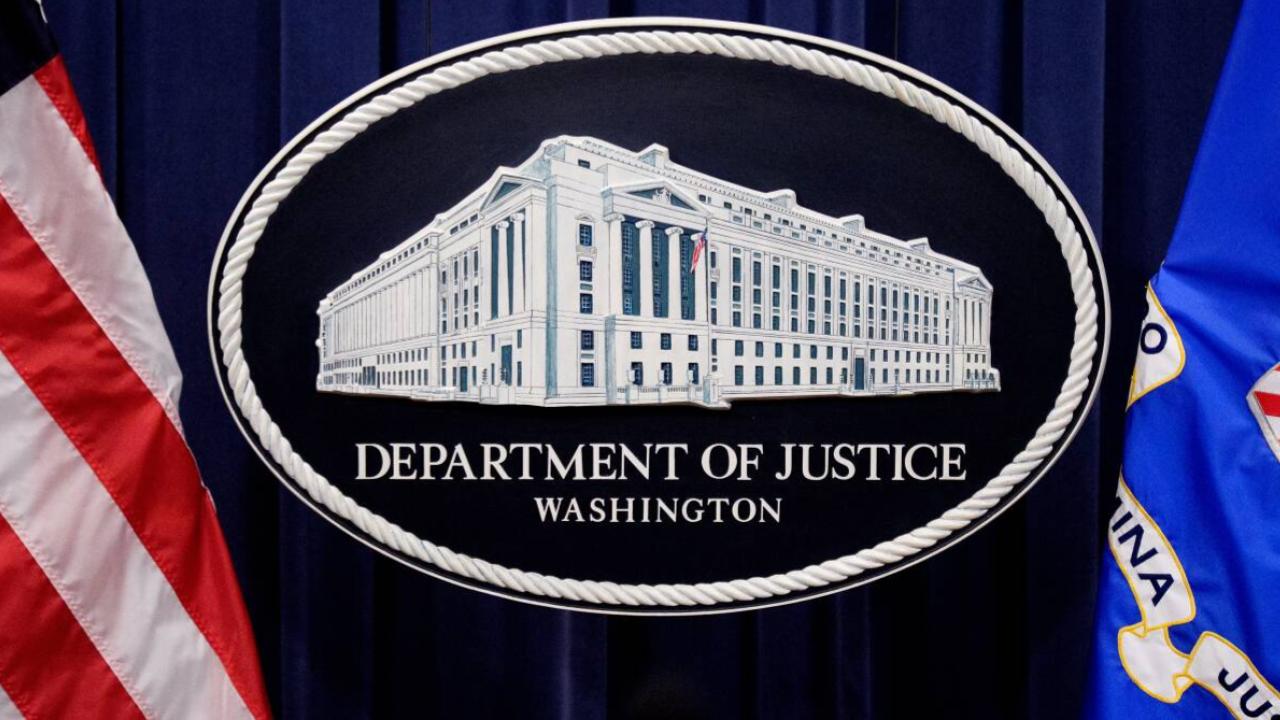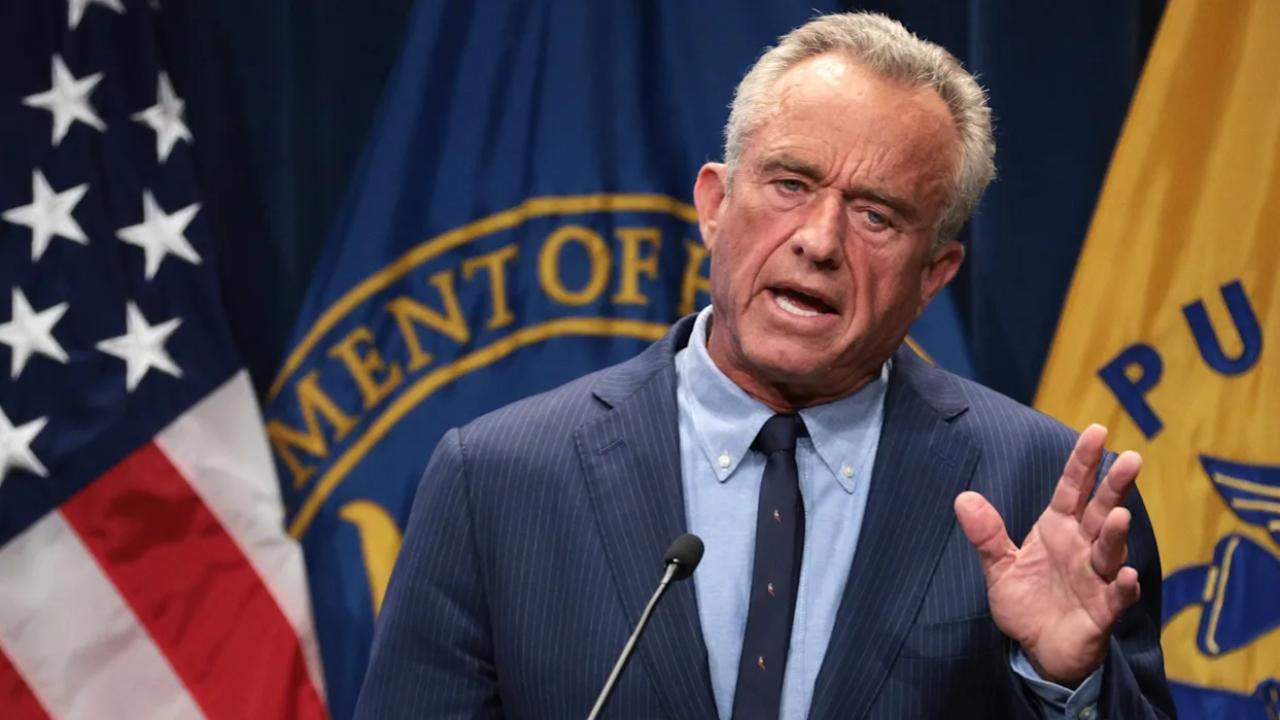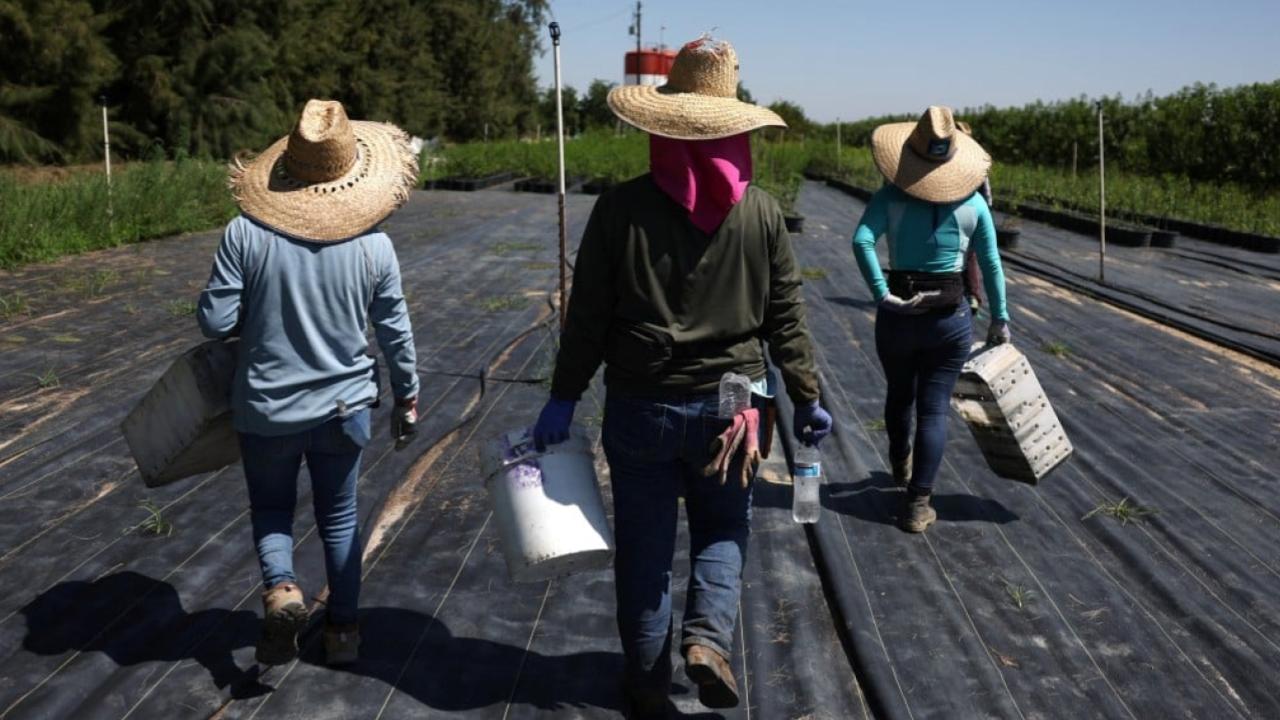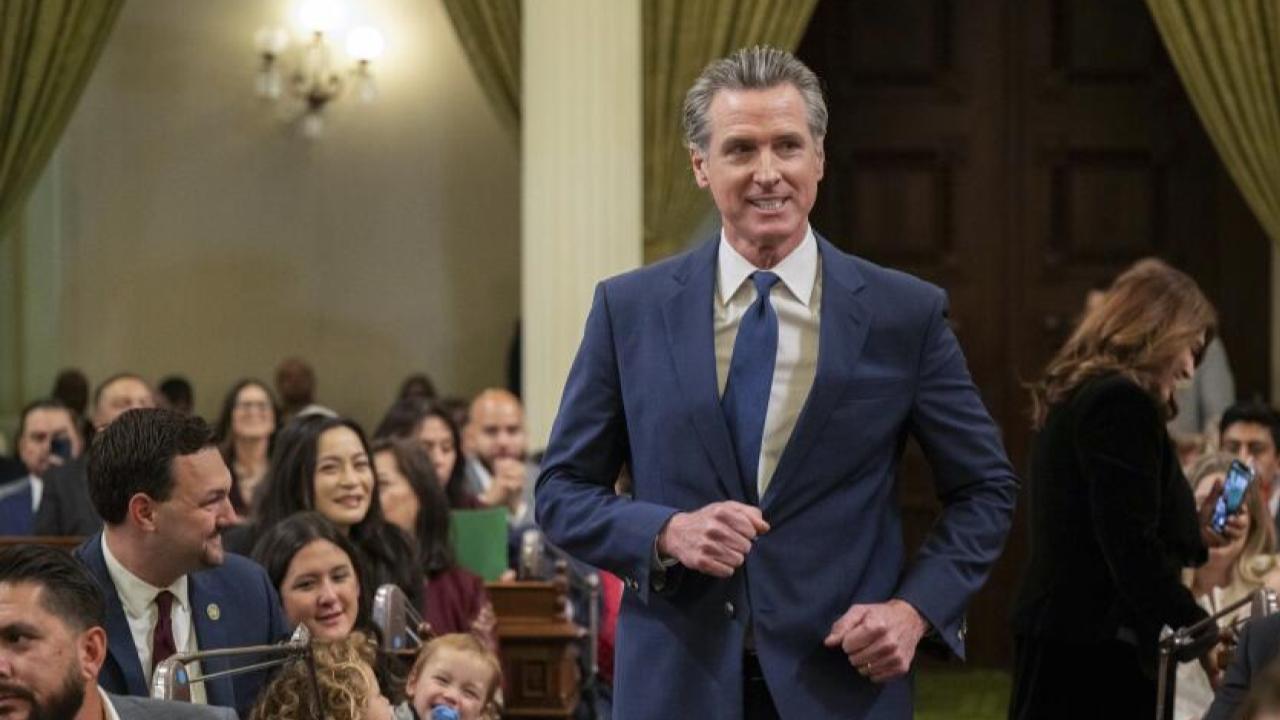Wildfires used to be a seasonal scare—now, they’re practically year-round. From California’s scorched hills to the Amazon’s burning lungs, the climate change-wildfire connection has gone from scientific theory to harsh reality. And here’s the kicker: climate change isn’t just adding fuel to the fire—it’s throwing gasoline on it.
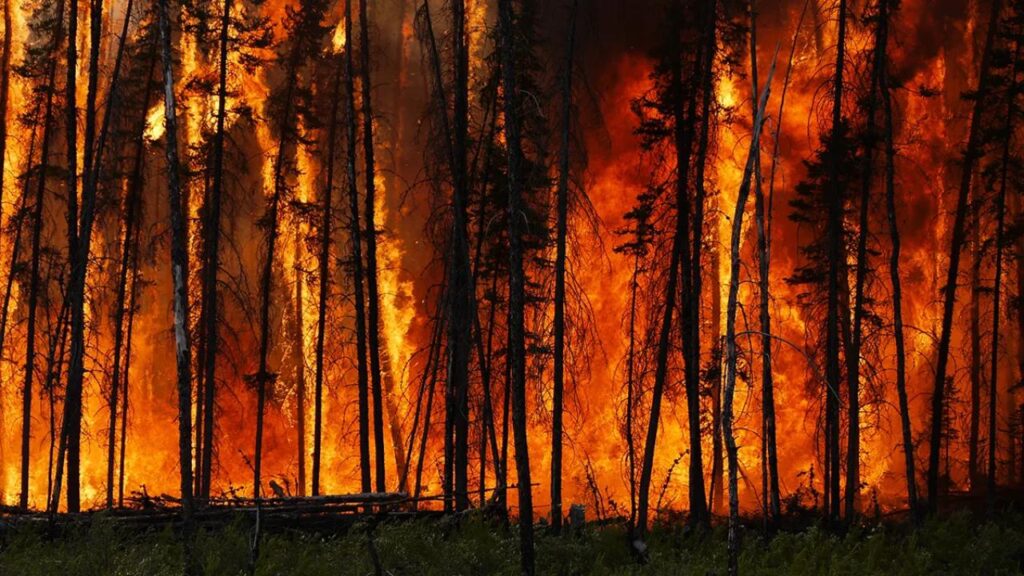
If you’ve been wondering why wildfires seem bigger, badder, and more out-of-control than ever before, you’re not imagining things. Thanks to rising global temperatures, prolonged droughts, and erratic weather patterns, the planet is becoming a literal tinderbox.
The Shocking Truth About Wildfires
| Point | Details |
|---|---|
| Fire Weather Increase | Fire-prone days have increased by 37 days in some U.S. regions since 1973 |
| Global Forest Loss | 6.7M hectares of pristine forest lost globally in 2024, largely due to fires |
| Smoke Exposure | Over 1 billion people exposed annually to toxic smoke exceeding WHO safety limits |
| Economic Cost | U.S. agencies spend tens of billions annually on wildfire suppression |
| Human-Caused Ignitions | 87% of wildfires in the U.S. are started by humans |
The bottom line? Climate change is turning wildfires into monsters. They’re bigger, faster, and more destructive than ever before—and it’s not just happening in faraway forests. It’s hitting home, hitting our lungs, and hitting our wallets.
But we’re not powerless. By taking bold climate action, rethinking how we manage our land, and staying prepared, we can stop feeding the fire.
How Climate Change Supercharges Wildfires
Longer, Meaner Fire Seasons
Let’s get one thing straight: fire season is not just a season anymore. It’s morphing into a full-time gig.
According to research from the nonprofit Climate Central, areas in the western U.S. are seeing up to 80 more “fire weather” days each year compared to 50 years ago. That means longer exposure to hot, dry, and windy conditions—aka the perfect storm for wildfires.
Drier Forests and Grasslands
Mother Nature’s thermostat is cranked up, and all that heat is baking the landscape dry. Less rainfall and extended droughts mean that trees, grass, and even soil are as dry as a matchstick.
This is critical because it makes it easier for even a tiny spark—from a lightning strike, a tossed cigarette, or power line malfunction—to turn into a raging inferno.
The Data Doesn’t Lie
- In 2024, Brazil’s Amazon lost 2.8 million hectares of forest to wildfires, marking an 80% increase from the previous year.
- In the U.S., over 7.6 million acres burned in 2023, and we’re on track to break that again in 2025.
- And here’s a health stat that hits close to home: Wildfire smoke now affects 1 in 8 people worldwide, according to a 2025 Guardian study.
Why Most Wildfires Are Our Fault
Here’s the rough truth: humans start the majority of wildfires. According to the U.S. Geological Survey, 87% of wildfires are caused by people—campfires left unattended, sparks from machinery, fireworks, powerlines, and even tossed cigarettes.
And while you might think of wildfires as a “Western U.S.” issue, climate change is pushing the fire line eastward and northward. Even Canada saw record-breaking fires in 2023 and 2024, impacting air quality across the U.S.
Health Risks: It’s Not Just the Flames
Sure, the flames are terrifying—but the smoke is the silent killer.
Wildfire smoke contains PM2.5, tiny particles that can dig deep into your lungs and enter your bloodstream. According to the World Health Organization (WHO), exposure to high levels of PM2.5 increases risks of asthma, stroke, lung cancer, and premature death.
And it’s not just hitting rural areas. In fact, urban air pollution now often spikes during wildfire season, with folks from New York to Denver breathing in air that’s literally hazardous to your health.
Environmental Domino Effect
When forests burn, carbon stored in trees gets released back into the atmosphere. That means more CO₂, which worsens the very climate change that started the fire. It’s a vicious loop, and we’re caught in it.
Not to mention the loss of biodiversity, the destruction of Indigenous land and heritage sites, and the long-term impact on agriculture and water supplies.
The Economic Toll: It’s Bleeding Billions
It’s not just about scorched earth—it’s about scorched budgets.
Wildfire suppression costs have exploded. In the U.S. alone, the Forest Service and Department of the Interior now spend tens of billions annually fighting wildfires, repairing damage, and rebuilding homes and infrastructure.
Plus, homeowners in fire-prone areas are watching insurance premiums skyrocket—or get dropped altogether.
What We Can Actually Do About It
1. Cut Carbon Emissions
This one’s a no-brainer. The more we limit greenhouse gases, the less we heat the planet. Cleaner energy sources, public transportation, and energy-efficient homes can all help.
Want to make a difference? Try using your vote and your wallet to support climate-conscious policies and companies.
2. Manage the Land Better
Fire suppression has ironically made things worse over time by allowing dead vegetation to pile up.
Experts now advocate controlled burns, also known as “prescribed fires,” to safely reduce fuel buildup. Programs like these are backed by decades of research and are being embraced by tribes and local communities alike.
3. Build Smarter, Not Just Stronger
If you live in a fire-prone zone, it’s time to rethink your home’s materials and landscaping. Avoid flammable roofing, keep vegetation trimmed back, and follow Firewise USA guidelines for safer building practices.
4. Be Prepared Like a Scout
Simple steps can save lives: create a defensible space, have a go-bag ready, and know your evacuation routes.
Also, sign up for emergency alerts in your area. Trust us, your future self will thank you.
Frequently Asked Questions (FAQs)
Q1: Why is climate change causing more wildfires?
Because it leads to hotter, drier conditions—the perfect combo for wildfires. Less rain, more heat, and strong winds increase both the likelihood and severity of fires.
Q2: Are wildfires worse now than before?
Yes. Fires are burning more land, lasting longer, and happening more frequently. Some areas now face fire threats year-round.
Q3: Can wildfires be stopped?
We can’t eliminate wildfires completely—many are natural—but we can reduce their severity through better land management, climate action, and preparedness.
Q4: Is wildfire smoke dangerous?
Absolutely. It contains toxic particles that can cause serious health issues, especially in kids, seniors, and folks with respiratory problems.
Q5: What can I do to help?
Cut your carbon footprint, follow fire safety tips, and push for climate-smart policies at the local and national levels.

